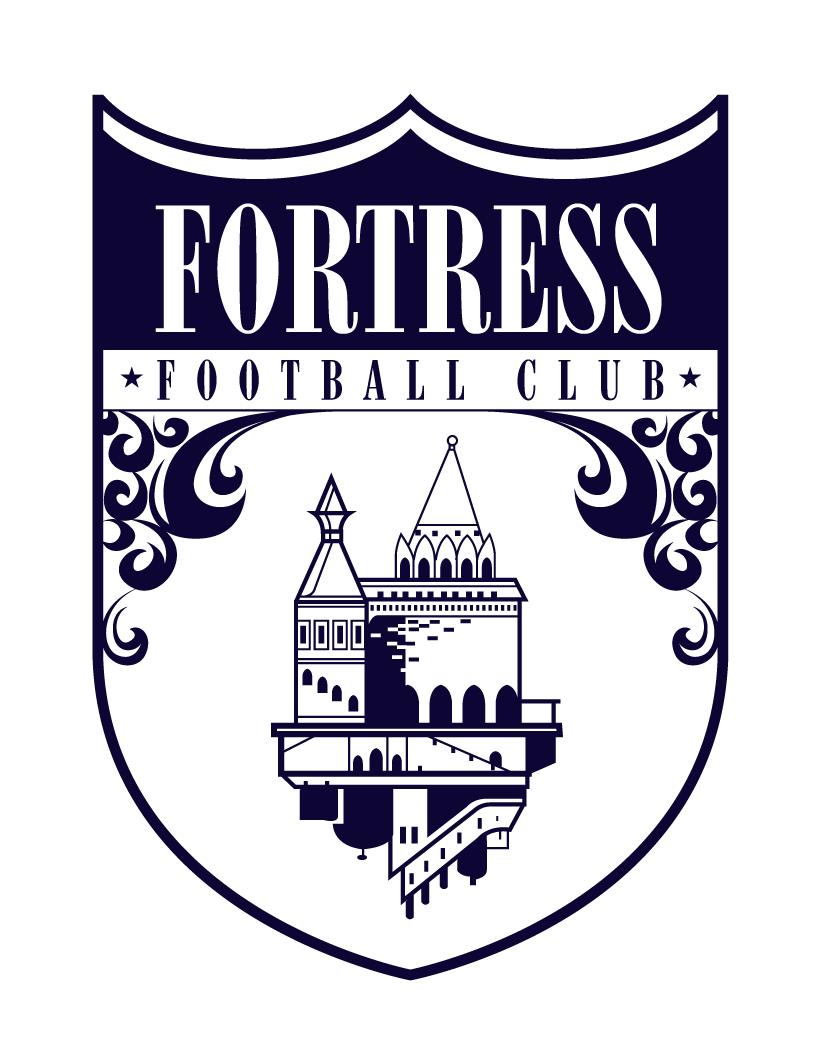Playing at Home
Growing up, I rarely played pickup soccer. It wasn’t really available. I played soccer a lot by myself though. I also trained a lot at practice, at games, and at various fitness centers for strength and conditioning. When I was young, our boy’s age, I spent my summer’s training with a group called Future Pros. I would arrive at 7:30 in the morning to camp and go to the 8am-noon session and the 1-5pm session. My dad would pick me up after and would fall asleep easily that night. This was Monday through Fridays and lasted from age 9-13. After this, I spent my summers in Europe playing until I was 17.
When I went to these summer camps, rarely was there anyone my age to play with or against. Often, I’d play two, three, four or even more years up. And the trainers were great as they challenged and encouraged me to play similarly to the older boys and girls. They held me at the same expectation level and always gave me extra to think about as they liked that I was starting intensive training at a younger age than most in the camps. They were from Argentina, Uruguay, Costa Rica, England, and Brazil. In their countries, it’s never too early to start learning the game. I’m thankful for their influences on me at such a young age.
As I grew up, I was always known for my ball control and “touch”. This is because I touched the ball more than most kids in my age group growing up. I also always had people to emulate, whether they were my trainers who could do incredible things with the ball or the kids that were a few years older than me who took me under their wing during these camp sessions.
Starting soccer at an early age has been emphasized recently by a man named Tom Byer. He wrote a book called Soccer Starts at Home. Don’t let the cover fool you, it’s a book for parents. Tom was an ex-pat living in Japan with his wife and two sons. Being a former professional soccer player, he did an experiment with his two sons. He put mini soccer balls around his house (much to the distress of his wife) and thought if he brought the balls out and dribbled that his sons may want to emulate and play as well. He was right. By an early age, almost from walking, the boys started to play with the ball under their feet. The boys did this every day, dribbling in a small space and creating moves with the ball. Tom says he showed them some things to try and eventually they created on their own.
There’s a great short video series on Youtube that shows the boys at different ages dribbling the ball. As a viewer, you can see the progress in their skills as they age. Now, Tom says his older son is far ahead of the boys he plays club soccer with. Tom even started a company working with the Japanese Youth National Teams and has seen the men and women win youth world cups, even the Japanese Women’s Team win the World Cup in 2011, their first ever.
Science has now proven that working with a ball at the feet increases cognitive reasoning, spatial awareness, and brain development in kids versus those who do not engage in this exercise. For more on this, read Tom’s book. There is a scientist in the book who could care less about developing soccer players but is very interested in the way a brain develops differently in a soccer player because of the use of his or her feet. He reasons this is the farthest part of our body from the brain, so the development of the feet activates different brain pathways than those in the hands. Humans reach and grab for things with their hands, not their feet.
I say all this background info to emphasize the necessity of playing outside of practice. It doesn’t have to be for hours. It can start with 10 minutes in the living room, just dribbling the ball around a space in the house, trying new moves and mastering old ones. This develops a different type of sense in the feet, and rather than having to look down while dribbling the ball, we start to look up. We start to develop a “brain” in our feet that doesn’t rely on sight anymore to know where the ball is underneath us. This opens up new possibilities and separates the good players from the great. Not only this, but expect social cognizance and math scores to go up. Awareness and one-pointed concentration are what I teach in yoga and meditation. And this is just another tool to develop both.
Beyond soccer, these positive qualities are life skills we don’t realize we develop through play, through sports. They’re important. If we don’t develop them at a young age, it takes years of reflection and experimentation to gain them later. I’ve seen it many times. And please don’t think that soccer or sports are necessities in developing these cognitive, emotional, and social functions. They’re great tools, but not the only ones.
It’s important we train on our own. I still do it to this day because I love it. It’s not that I’m going to be Messi someday. It’s just a habit I found again when we started this team. If we train at home and make it a daily habit, we will start to see each player change.
Our focus this week is on defensive positioning, how to force opponents away from danger areas and into a supporting teammate.
Skill Drills at Home - 15 minutes
Wall Ball Part 2 - 15 minutes
See you tonight.
